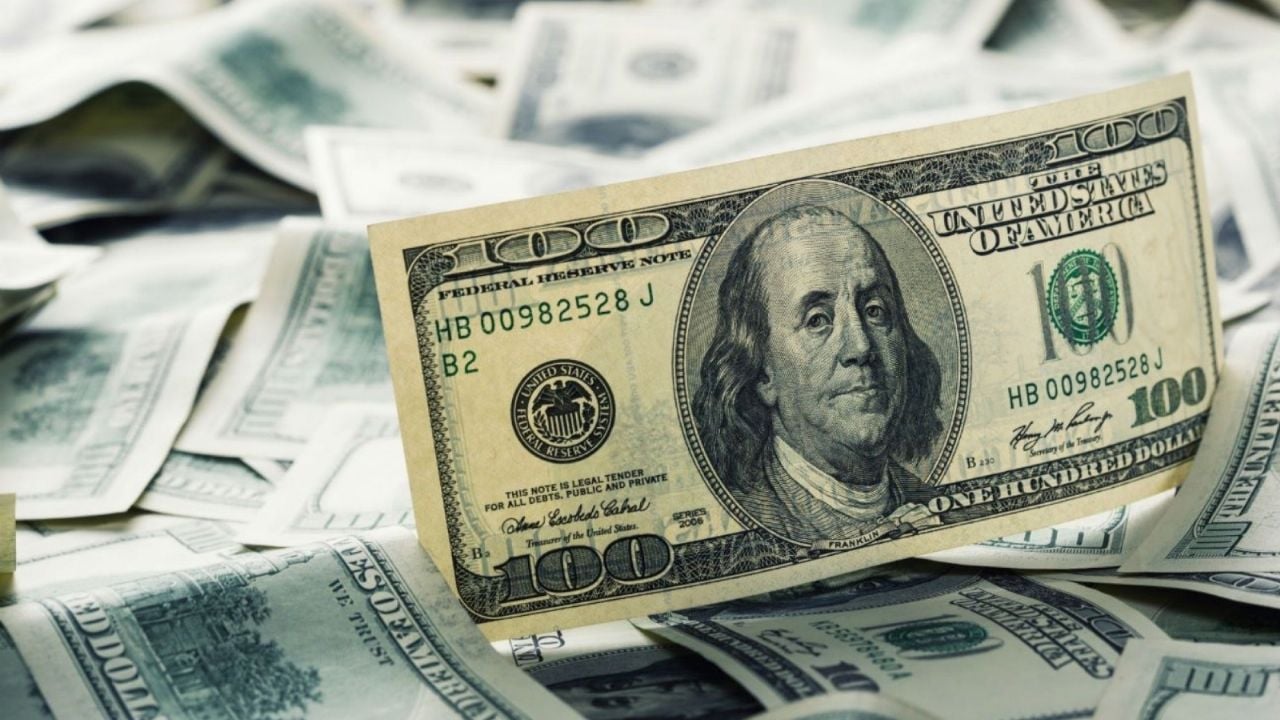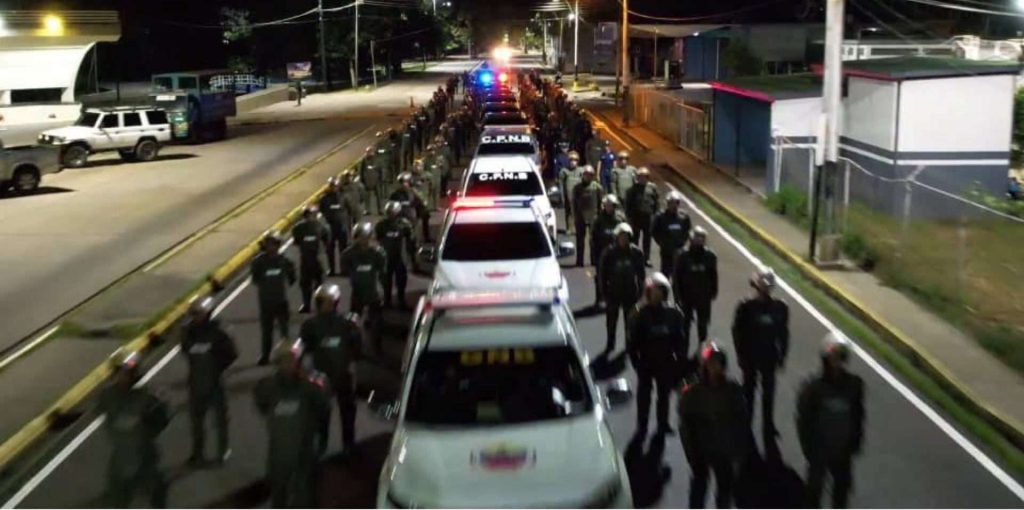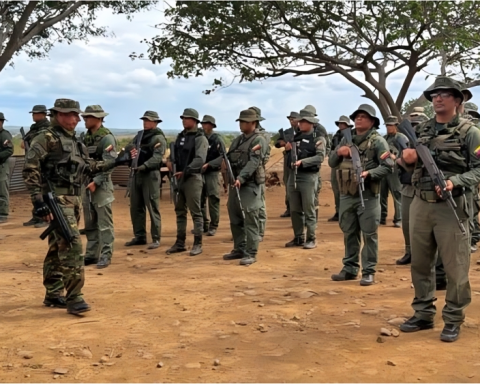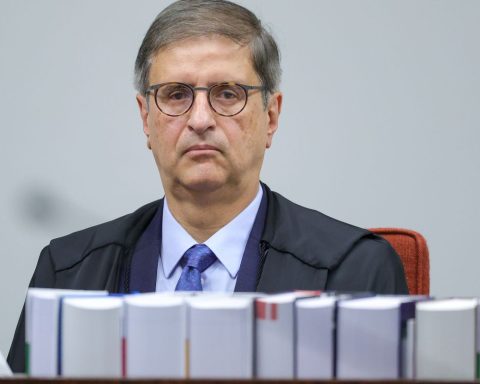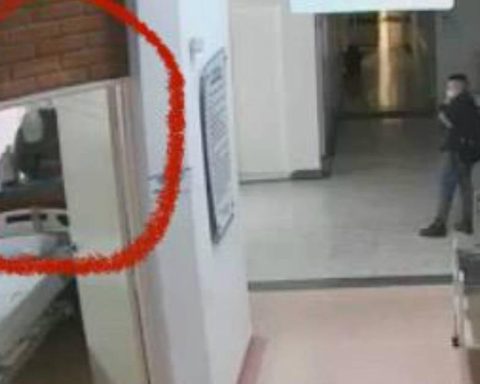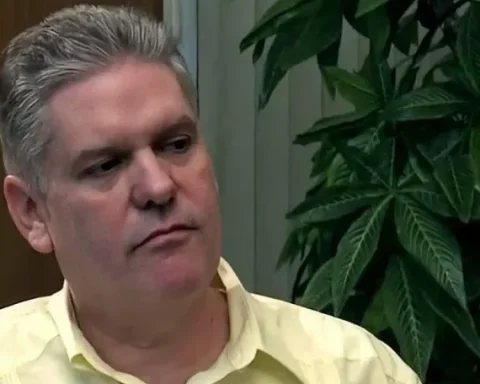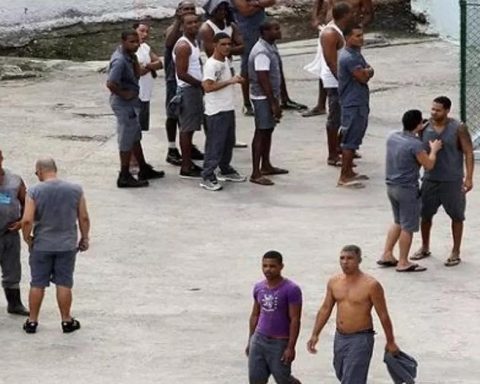In the month of July, the price of dollar In Argentina, the dollar experienced significant movements both in the official market and in the parallel market, known as the blue dollar. These values are of great interest to analysts, investors and citizens, as they reflect the economic situation and market expectations.
He dollar The official rate, which is the exchange rate controlled by the Central Bank of the Argentine Republic (BCRA), closed July at $911 for purchase and $951 for sale. This value is mainly used for regulated commercial and financial operations, and its stability is crucial for the country’s economy.
On the other hand, the dollar blue, which is traded on the informal market, was quoted at $1,365 for purchase and $1,385 for sale. The gap between the official dollar and the blue dollar stood at approximately 50%, reflecting the lack of confidence in the local currency and expectations of future devaluation.
This Thursday, August 1st, the dollar The blue dollar is quoted at $1,350 for purchase and $1,370 for sale. Meanwhile, the official dollar is quoted at $911.50 for purchase and $951.50 for sale. In addition to the official dollar and the blue dollar, there are other exchange rates that are relevant for different operations.

Fountain: Dollar Today.
He dollar MEP (Electronic Payment Market) quoted at $1,289.95. This exchange rate is used for the purchase and sale of bonds in the local market. The CCL (Contado con Liquidación) dollar was quoted at $1,289.35. This exchange rate is used for the purchase of bonds in the local market and their sale abroad.
The Crypto Dollar was quoted at $1302.17. This exchange rate refers to the purchase and sale of dollars through cryptocurrencies. The dollar rate in Argentina is influenced by a series of economic and political factors.

Among the most relevant are:
High inflation in Argentina reduces the purchasing power of the local currency, leading to increased demand for dollars as a safe haven. BCRA decisions on interest rates and monetary issuance affect the supply and demand of pesos and dollars.
Expectations of a future devaluation of the peso drive demand for Dollars on the parallel market. Political uncertainty and elections can generate volatility in the exchange rate.
